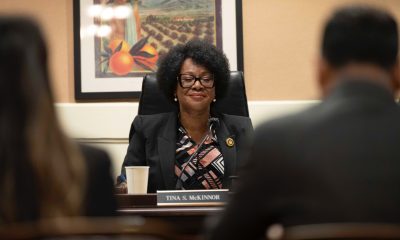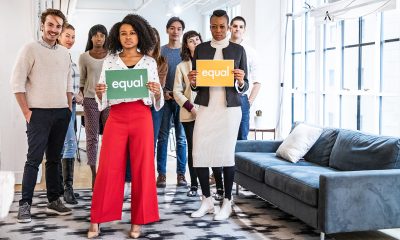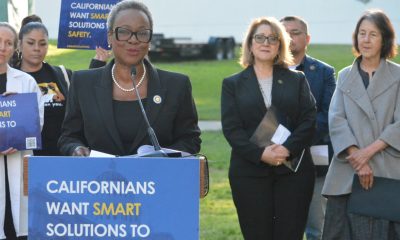Community
Action Required: Medi-Cal Renewal Process Is Underway Across California
Californians enrolled in Medi-Cal should keep an eye out for a yellow envelope in their mailbox over the next 14 months. The Medi-Cal eligibility of over 15.4 million Golden State residents is under review for the first time since the onset of the COVID-19 pandemic in March 2020.

McKenzie Jackson
California Black Media
Californians enrolled in Medi-Cal should keep an eye out for a yellow envelope in their mailbox over the next 14 months.
The Medi-Cal eligibility of over 15.4 million Golden State residents is under review for the first time since the onset of the COVID-19 pandemic in March 2020.
If a Medi-Cal beneficiary does receive the yellow envelope, they must provide their current contact information to health care officials as soon as possible to retain their Medi-Cal coverage, noted California Department of Health Care Services (DHCS) Assistant Deputy Director Yingjia Huang.
“It is critical that they do it by the due date that is on the packet that will come,” she said. “If that is not completed by the due date, there is a possibility that you will lose your coverage from Medi-Cal.”
Huang was one of several speakers featured during an April 12 online media briefing held to notify Medi-Cal members of the health coverage eligibility check, which began on April 1. The media teleconference was organized by California Black Media and Ethnic Media Services in partnership with DHCS.
Medi-Cal is California’s version of Medicaid, the federal government-funded health insurance program. Administered in conjunction with states, Medicaid is designed for people with limited incomes. The insurance covers services such as dental care, prescriptions, and medical and preventive care.
The Families First Coronavirus Response Act, enacted in 2020, directed Medicaid programs nationally to keep everyone enrolled during the pandemic. The annual redetermination process was suspended due to the severity of the worldwide health emergency. However, federal agencies declared the emergency over last month. So now, 80 million Americans are in the process of having their Medicaid eligibility checked by their states’ health department.
According to DHCS figures, 1,066,215 African Americans in California have Medi-Cal. Over 2.6 million whites are enrolled in the program, as are 7.4 million Latinos. Over 2.8 million people who did not provide a race or ethnicity are insured by Medi-Cal and the number of Asian/Pacific Islanders enrolled is over 1.4 million. By ethnicity, people of American Indian/Alaskan Native descent account for the lowest number of enrollees at 55,851.
Children’s Partnership Executive Director Mayra Alvarez said during the online call that it is important for Medi-Cal eligible families to keep coverage.
“As we come out of this public health emergency, health insurance coverage and access to care is essential for everyone to be healthy and thrive,” she explained. “Particularly during this pandemic, which has also exacerbated mental health issues for children and youth across the state.”
Alvarez said most of Medi-Cal enrollees are people of color, and nearly 70% of the 5.7 million children that use the service are minorities.
“It is a lifeline for so many in our communities, and it’s a program that continues to be available for the millions enrolled,” she stated. “Even before the pandemic, long standing, structurally racist policies and practices have created an environment wherein families of color experience significantly greater degrees of instability. Instability in employment; instability in income; instability in housing. These economic and housing conditions actually heighten the risk of disruptions in health coverage and in doing so, eliminates the security that comes with having health insurance coverage.”
The packets inside the yellow envelopes Medi-Cal members will receive ask for personal information, including their current phone number, email address, and street address. Recipients must reply by the deadline, which is typically between 45 to 60 days after getting the packet in the mail. For example, packets mailed this month have a June 30 due date and packets sent in May must be returned by July 31. The Medi-Cal account holders can provide that info by mail, online, or by calling their county’s Medi-Cal office.
“The easiest way to actually do this is online,” Huang remarked.
Medi-Cal members all have different medical renewal months. Around 30% will be automatically renewed. Those people will get a letter in the mail acknowledging that.
Also, addressed during the briefing were the steps involved in redetermining a person’s eligibility and how to get information in 19 different languages.
Between two million to three million Californians will lose the health service, while others will become eligible for the first time.
Workers hired to jobs that provide health benefits and people who earn enough income to be shifted from the health coverage to Covered California, the state’s health insurance exchange, are among those predicted to lose Medi-Cal.
Huang said the switch from Medi-Cal to Covered California can be automatic.
“It all goes back to the member must have the most updated information with the county Medi-Cal office for that process to happen,” she said.
The Medi-Cal packets are sent to the last known address of beneficiaries. Recipients whose name, phone number, email address or mailing address have changed in the last three years need to update that information at Covered California, BenefitsCal, or My Benefits CalWIN.
Medi-Cal coverage, Alvarez said, can continue for everyone who is eligible.
“Now is the time to make sure we are taking the necessary steps to keep our coverage,” she noted. “This is especially important for people of color, who are more likely to rely on Medi-Cal for coverage and who are more likely to be at risk of losing that coverage.”
Activism
Oakland Post: Week of April 24 – 30, 2024
The printed Weekly Edition of the Oakland Post: Week of April 24 – 30, 2024
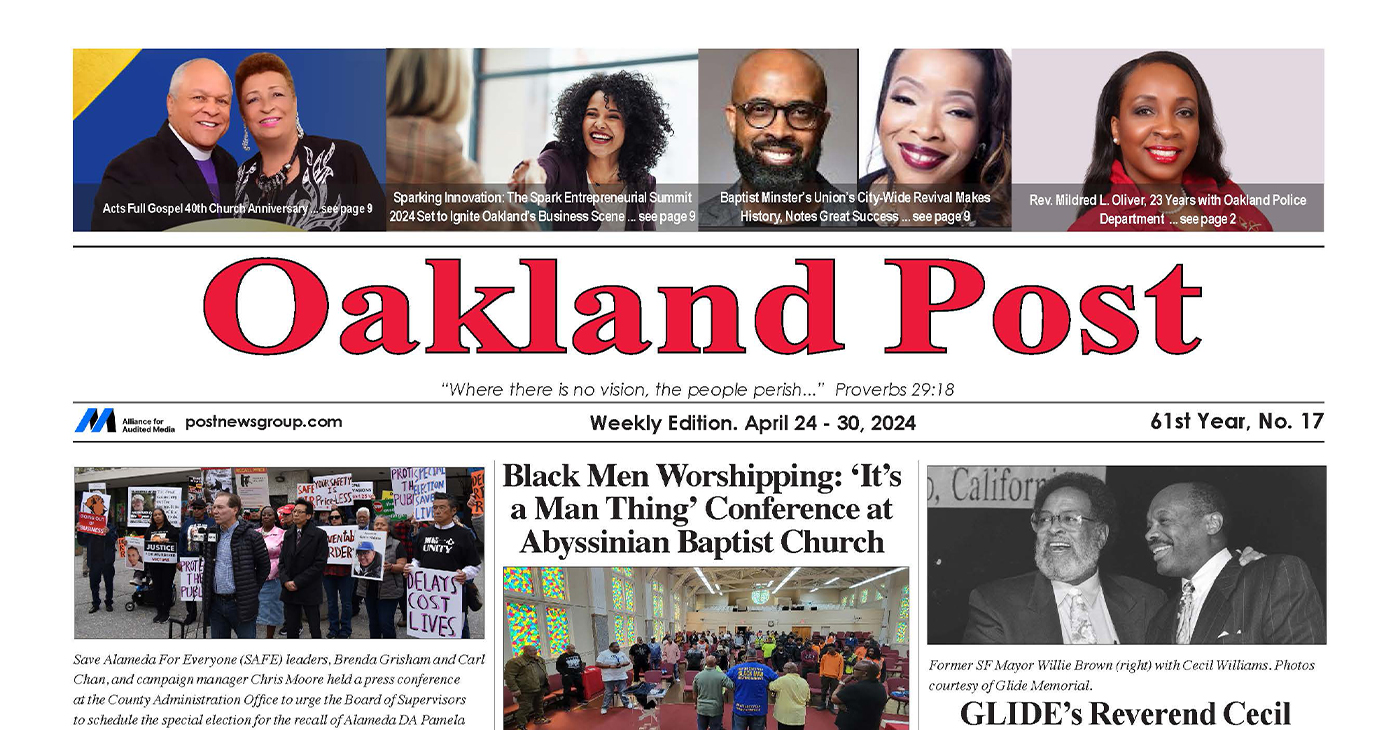
To enlarge your view of this issue, use the slider, magnifying glass icon or full page icon in the lower right corner of the browser window. ![]()
Alameda County
DA Pamela Price Stands by Mom Who Lost Son to Gun Violence in Oakland
Last week, The Post published a photo showing Alameda County District Attorney Pamela Price with Carol Jones, whose son, Patrick DeMarco Scott, was gunned down by an unknown assailant in 2018.
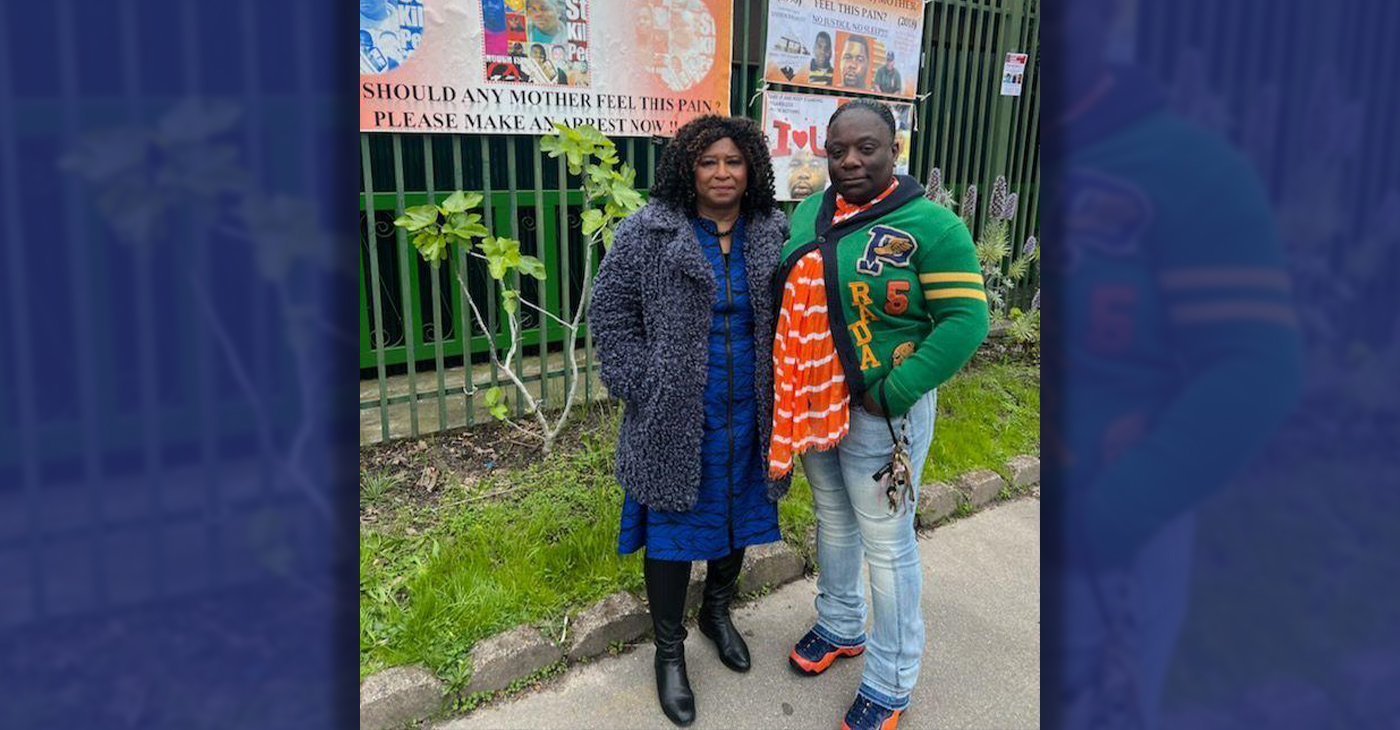
Publisher’s note: Last week, The Post published a photo showing Alameda County District Attorney Pamela Price with Carol Jones, whose son, Patrick DeMarco Scott, was gunned down by an unknown assailant in 2018. The photo was too small for readers to see where the women were and what they were doing. Here we show Price and Jones as they complete a walk in memory of Scott. For more information and to contribute, please contact Carol Jones at 510-978-5517 at morefoundation.help@gmail.com. Courtesy photo.
City Government
Vallejo Welcomes Interim City Manager Beverli Marshall
At Tuesday night’s Council meeting, the Vallejo City Council appointed Beverli Marshall as the interim city manager. Her tenure in the City Manager’s Office began today, Wednesday, April 10. Mayor Robert McConnell praised Marshall’s extensive background, noting her “wide breadth of experience in many areas that will assist the City and its citizens in understanding the complexity of the many issues that must be solved” in Vallejo.
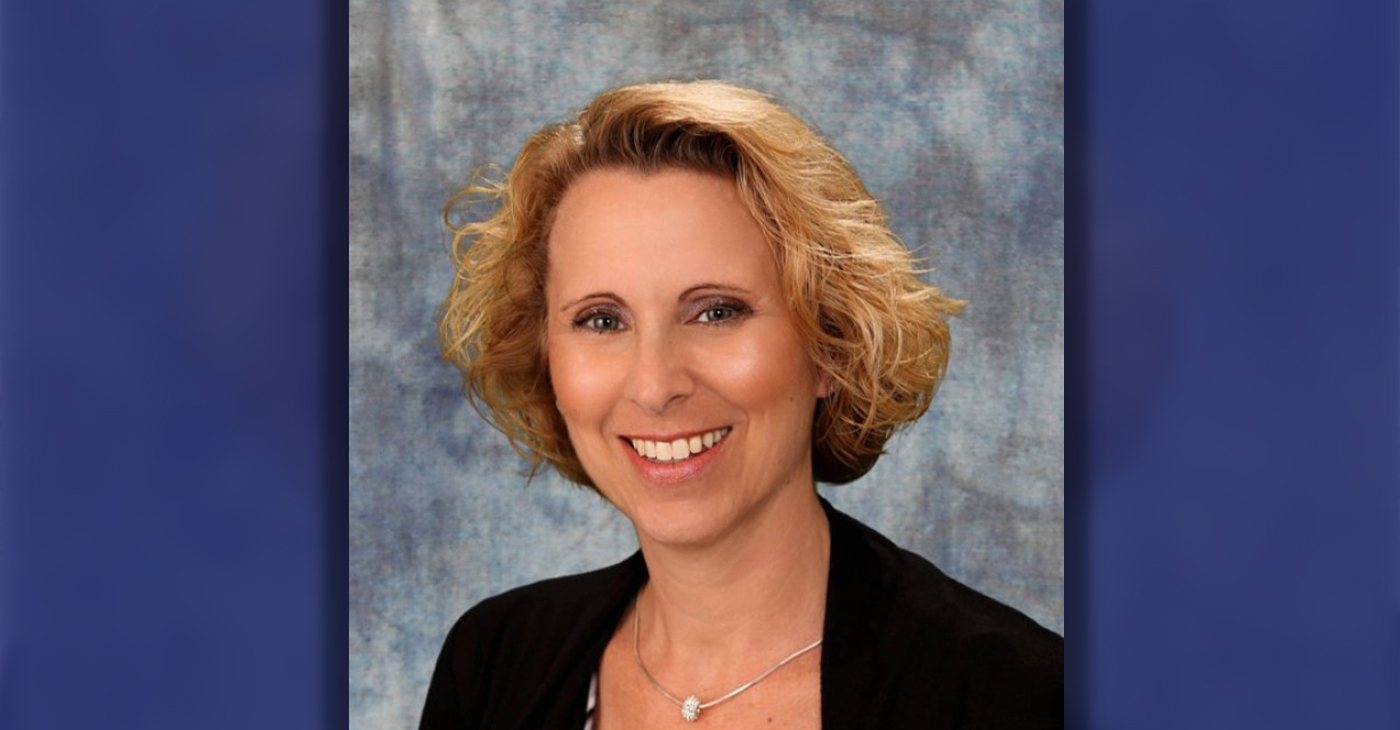
Special to The Post
At Tuesday night’s Council meeting, the Vallejo City Council appointed Beverli Marshall as the interim city manager. Her tenure in the City Manager’s Office began today, Wednesday, April 10.
Mayor Robert McConnell praised Marshall’s extensive background, noting her “wide breadth of experience in many areas that will assist the City and its citizens in understanding the complexity of the many issues that must be solved” in Vallejo.
Current City Manager Michael Malone, whose official departure is slated for April 18, expressed his well wishes. “I wish the City of Vallejo and Interim City Manager Marshall all the best in moving forward on the progress we’ve made to improve service to residents.” Malone expressed his hope that the staff and Council will work closely with ICM Marshall to “ensure success and prosperity for the City.”
According to the Vallejo Sun, Malone stepped into the role of interim city manager in 2021 and became permanent in 2022. Previously, Malone served as the city’s water director and decided to retire from city service e at the end of his contract which is April 18.
“I hope the excellent work of City staff will continue for years to come in Vallejo,” he said. “However, recent developments have led me to this decision to announce my retirement.”
When Malone was appointed, Vallejo was awash in scandals involving the housing division and the police department. A third of the city’s jobs went unfilled during most of his tenure, making for a rocky road for getting things done, the Vallejo Sun reported.
At last night’s council meeting, McConnell explained the selection process, highlighting the council’s confidence in achieving positive outcomes through a collaborative effort, and said this afternoon, “The Council is confident that by working closely together, positive results will be obtained.”
While the search for a permanent city manager is ongoing, an announcement is expected in the coming months.
On behalf of the City Council, Mayor McConnell extended gratitude to the staff, citizen groups, and recruitment firm.
“The Council wishes to thank the staff, the citizens’ group, and the recruitment firm for their diligent work and careful consideration for the selection of what is possibly the most important decision a Council can make on behalf of the betterment of our City,” McConnell said.
The Vallejo Sun contributed to this report.
-

 Activism4 weeks ago
Activism4 weeks agoOakland Post: Week of March 27 – April 2, 2024
-

 #NNPA BlackPress4 weeks ago
#NNPA BlackPress4 weeks agoBeloved Actor and Activist Louis Cameron Gossett Jr. Dies at 87
-

 Community1 week ago
Community1 week agoFinancial Assistance Bill for Descendants of Enslaved Persons to Help Them Purchase, Own, or Maintain a Home
-

 Activism3 weeks ago
Activism3 weeks agoOakland Post: Week of April 3 – 6, 2024
-

 Business1 week ago
Business1 week agoV.P. Kamala Harris: Americans With Criminal Records Will Soon Be Eligible for SBA Loans
-

 Activism2 weeks ago
Activism2 weeks agoOakland Post: Week of April 10 – 16, 2024
-

 Community1 week ago
Community1 week agoAG Bonta Says Oakland School Leaders Should Comply with State Laws to Avoid ‘Disparate Harm’ When Closing or Merging Schools
-

 Community6 days ago
Community6 days agoOakland WNBA Player to be Inducted Into Hall of Fame

